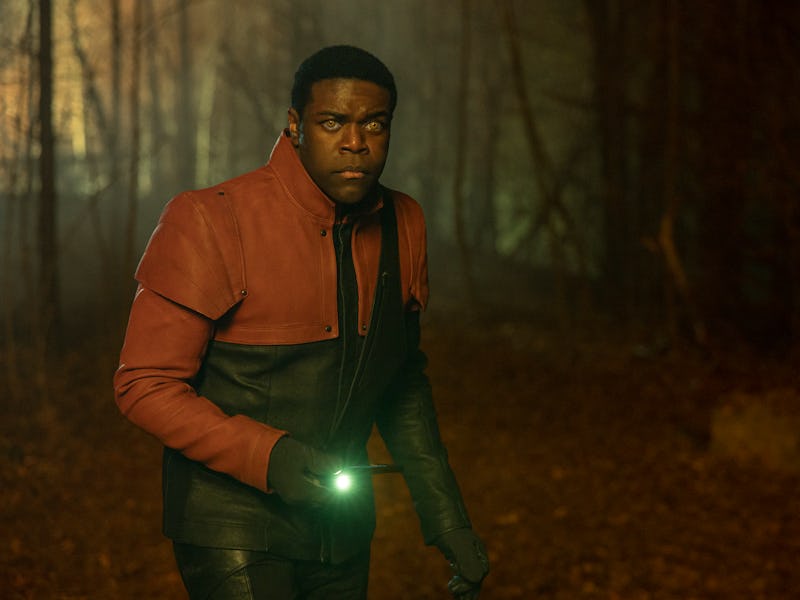Section 31 Controversially Changes Canon In Two Huge Ways
Here's how Section 31 impacted the Trek timeline more than you might think.

Broadly, the reviews for Star Trek: Section 31 have been less than kind. But that hasn’t stopped the Paramount+ movie from being a hit on streaming. Nor will it prevent Section 31 from having a lasting impact on Trek canon more broadly. In fact, very often, controversial Star Trek projects end up having very important foundational impacts on canon. Back in 2002, Star Trek Nemesis was a major lightning rod for Trekkie debate, but ended up setting up various canon details for future installments.
At first glance, Michelle Yeoh’s Section 31 may not be as deep in the canon weeds as other Trek projects, but that’s only a superficial assessment. Not only is this the only Trek film or TV episode to take place in the 2330s, but it also sets up two fairly large canon precedents which could be a big deal further down the line.
Rachel Garrett’s Actions in “Yesterday’s Enterprise” Make More Sense
Kacey Rohl as Rachel Garrett in ‘Section 31.’
In The Next Generation episode “Yesterday’s Enterprise,” Rachel Garrett (Tricia O’Neil), Captain of the USS Enterprise-C readily accepts the fact that the future she has found herself in is not the right timeline. From the point-of-view of TNG, Picard knows more about alternate timelines than Garrett does. But now, post-Section 31, we know the reverse is true. Not only does Garrett work closely with Georgiou (Yeoh), someone who comes from the Mirror Universe, but she’s also aware of a possible invasion from a parallel from that universe. This means that Garrett we meet in “Yesterday’s Enterprise” is far more informed about the bigger multiverse picture than we previously thought.
“I think what's interesting about Rachel Garrett is the backstory I had to wrestle with is kind of her future story,” Kacey Rohl tells Inverse. “So I got to work with knowing how the character I'm playing leaves and sort of work backwards from there. In this [Section 31] she’s sort of into chaos and goes rogue. And I wanted to see how that eventually paid off in ‘Yesterday’s Enterprise.’”
The Eugenics Wars Cut Deep
Omari Hardwick as Alok, a contemporary of Khan’s.
The de facto leader of the Section 31 crew is Alok (Omari Hardwick), who we later learn isn’t from the 24th century at all. Instead, he reveals to Georgiou that he’s actually from the 20th century, and was both victimized by the Augments and later, became an Augment.
This backstory refers to the origins of Khan from Star Trek: The Original Series, and the Eugenics Wars that were fought on Earth in the 20th century in the original version of the Trek timeline. (More recently, some aspects of the Eugenics Wars have been moved to the 21st century because of wibbly wobbly timeline changes.) But, Alok’s timeline is more connected to Khan’s. Like the Cumberbatch Khan in Star Trek Into Darkness, Alok was recruited into Section 31 after being in suspended animation, possibly in a sleeper ship similar to Khan’s.
In prepping for the role, Omari Hardwick tells Inverse he even had a retro vibe to the character. “The director of our film, Olatunde Osunsanmi, told me that if Captain Kirk exists in Section 31 as a film, you would be the Captain Kirk.”
In a sense, Section 31 has flipped the script on TOS villains in two ways. Not only is Georgiou from the wicked Mirror Universe but Alok is directly connected to Khan, the greatest villain in all of Trek. And again, these canonical threads aren’t going anywhere anytime soon. The Final Frontier is a big place, and even though Section 31 is just one installment, Trek canon will likely be talking about the events of this movie in some way, shape, or form, for years to come.
Section 31 is streaming on Paramount+.